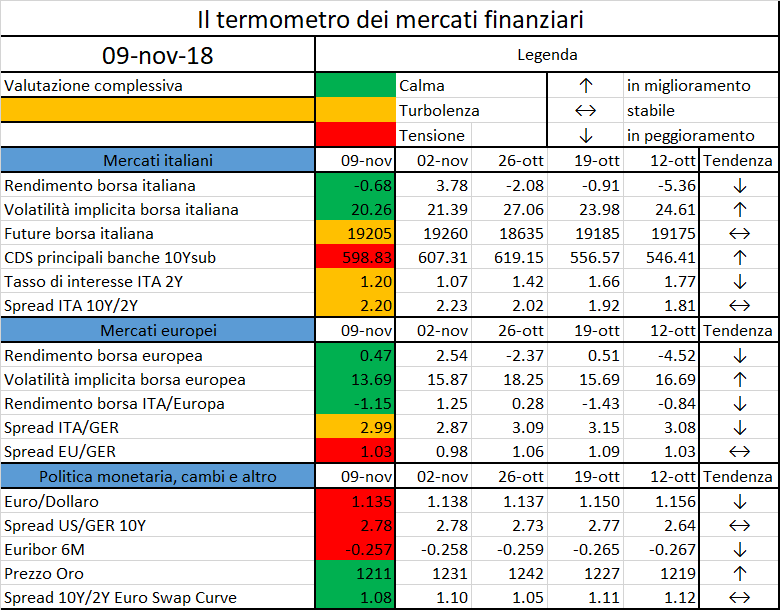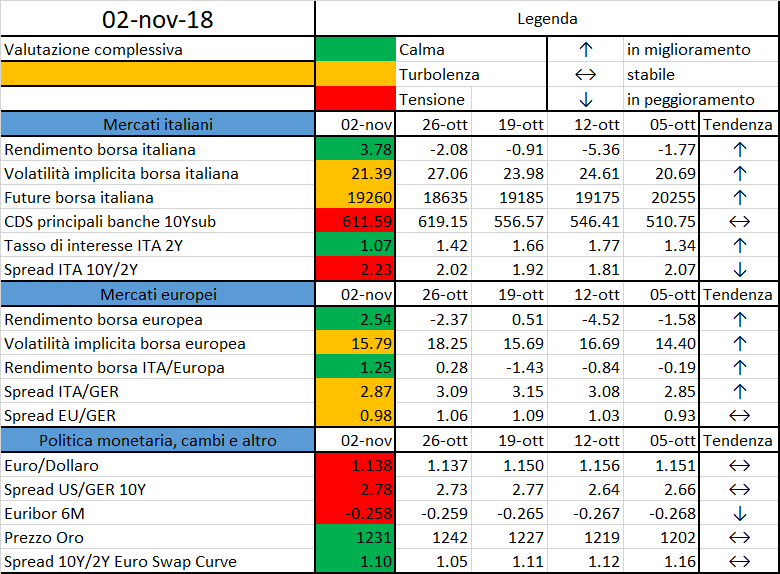Mr Hyun Song Shin, Economic Adviser and Head of Research of the Bank for International Settlement (BIS), examines the liquidity properties of decentralised payment systems in an economic model of payments, in which the cost of credit to finance payments enters explicitly.
Payment systems built around distributed ledger technology (DLT) operate by maintaining identical copies of the history of payments among the participant nodes in the payment system. Cryptocurrencies are perhaps the best-known example of the application of DLT, but the applicability of the technology is much broader. Payment systems based on DLT are compatible with oversight by the central bank, and several central banks have conducted successful trials of interbank payments. In these trials, payment system participants transfer digital tokens that are redeemable at the central bank and use DLT to transfer them to other system participants. Decentralised consensus is achieved through agreement of a supermajority of the participants (typically 75-80%) who collectively validate payments.
Nevertheless, the technology by itself does not overcome the credit needs of the payment system to maintain settlement liquidity. In conventional real-time gross settlement (RTGS) payment systems, the value of daily payments can be over 100 times the deposit balance maintained by the system participant at the central bank. As such, incoming payments are recycled into outgoing payments, and credit provided by the central bank supplements private credit from outside the payment system for the smooth functioning of the system as a whole.
In a two-bank example, we illustrate the conceptual distinction between consensus as distributed knowledge and consensus strong enough to sustain a cooperative outcome. In this example, when the cost of credit exceeds a modest threshold, no amount of exchange of messages can elicit the coordination of payments between the two banks. The example focuses attention on the coordination motives of system participants. The cost of credit turns out to be a key determinant of the equilibrium outcome of the game.
We then proceed to examine a general N-bank game and cast the payment problem as a public good contribution game between N banks in a large-value payment system. The public good has two aspects. The first aspect of the public good is the availability of a clean, reconciled ledger that commands agreement from system participants. This part is where the technological innovation can contribute most.
The second aspect of the public good is the provision of credit to clients which allows high volume of outgoing payments that sustains the coordination outcome with high flows. We solve for the unique, dominance-solvable equilibrium using global game techniques and provide an exact characterisation of the states of the world at which the coordination outcome is feasible.
The solution shows that successful coordination is possible in a decentralised setting, but only within a narrow range of fundamentals. The solution is highly sensitive to the cost of credit, and the decentralised equilibrium outcome often fails to reproduce the high-volume payment outcomes that are more normal with central bank balance sheet backing.
Payment systems built around distributed ledger technology (DLT) operate by maintaining identical copies of the history of payments among the participant nodes in the payment system. Cryptocurrencies are perhaps the best-known example of the application of DLT, but the applicability of the technology is much broader. Payment systems based on DLT are compatible with oversight by the central bank, and several central banks have conducted successful trials of interbank payments. In these trials, payment system participants transfer digital tokens that are redeemable at the central bank and use DLT to transfer them to other system participants. Decentralised consensus is achieved through agreement of a supermajority of the participants (typically 75-80%) who collectively validate payments.
Nevertheless, the technology by itself does not overcome the credit needs of the payment system to maintain settlement liquidity. In conventional real-time gross settlement (RTGS) payment systems, the value of daily payments can be over 100 times the deposit balance maintained by the system participant at the central bank. As such, incoming payments are recycled into outgoing payments, and credit provided by the central bank supplements private credit from outside the payment system for the smooth functioning of the system as a whole.
Distributed ledger technology and large value payments: a global game approach (PDF)






